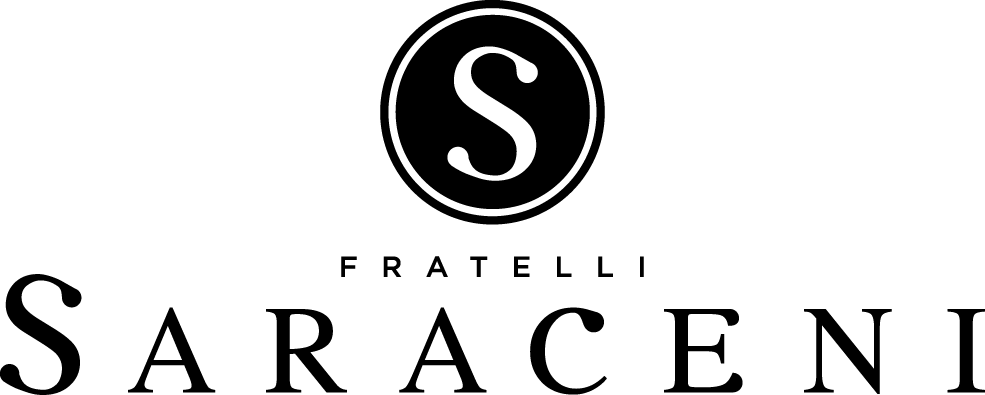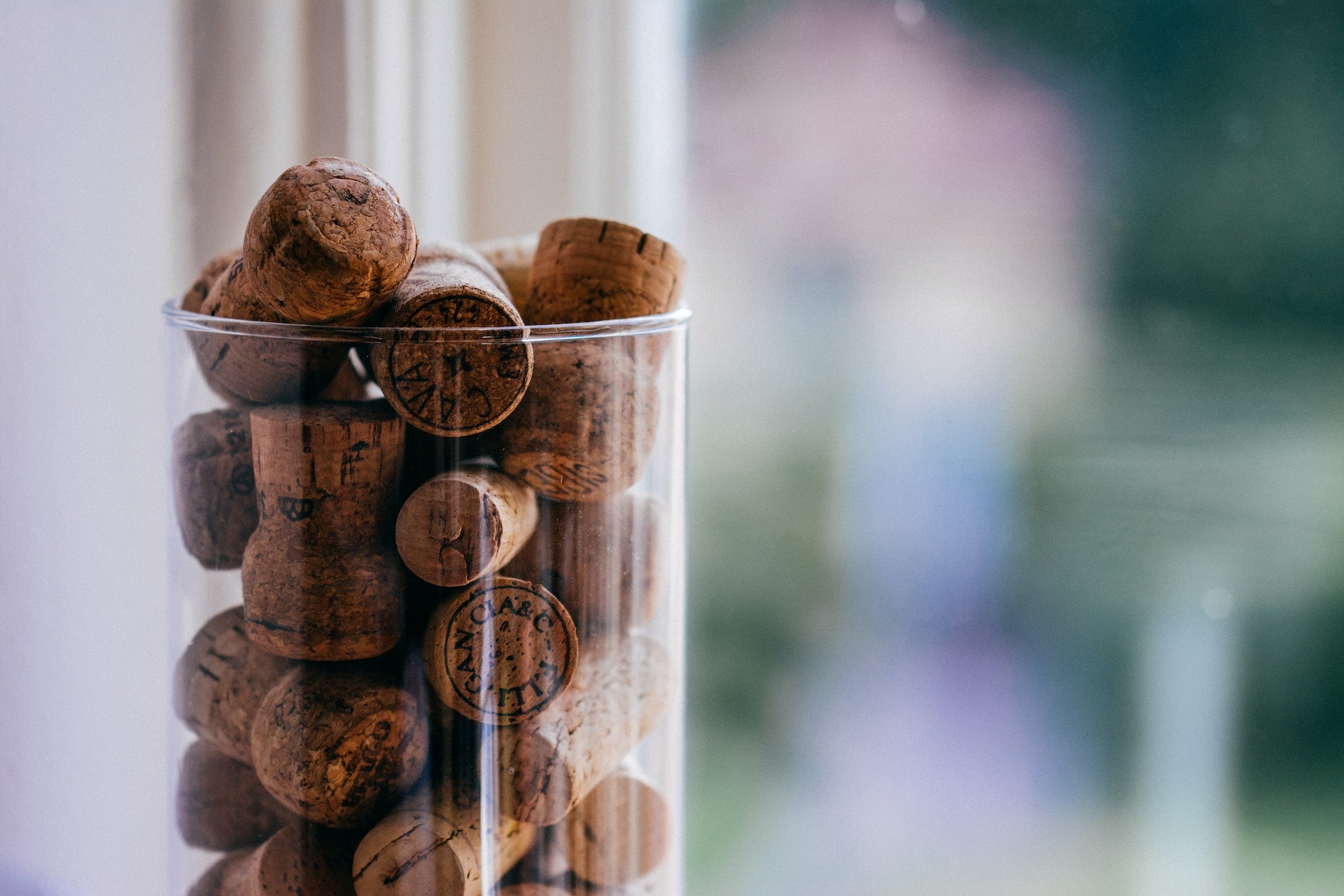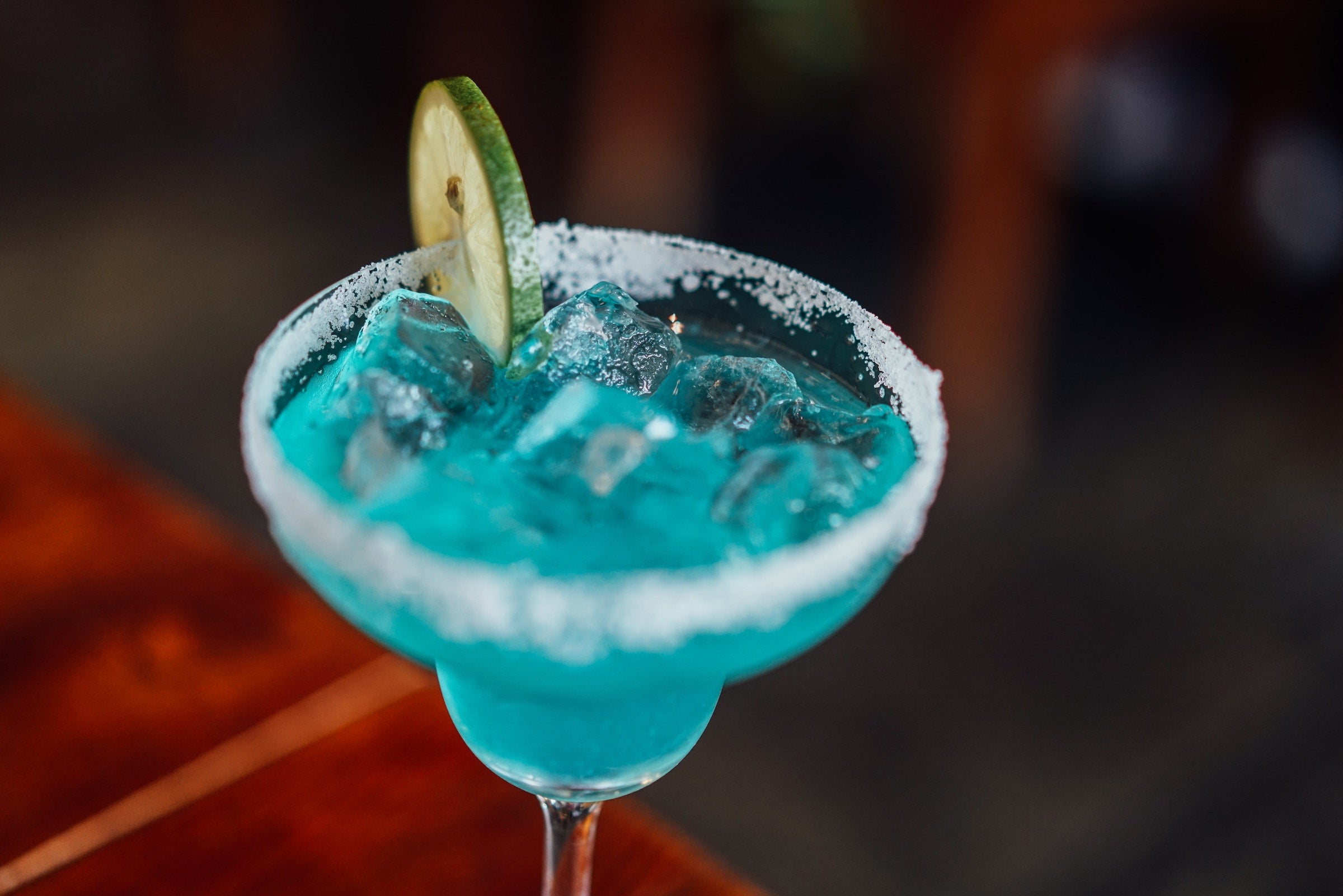
10 tips for holding your own wine tasting
What is a Wine Tasting?
A wine tasting is an elegant and sophisticated event where individuals can explore and appreciate the nuances of different wines. It is an opportunity to indulge in the sensory pleasures of wine, from its aroma to its taste, and to learn about the various characteristics that make each wine unique.
1. Select a Theme
Choose a theme for your wine tasting to create a cohesive experience. It could be based on a specific region, grape variety, or even a particular vintage. This will allow your guests to focus their attention and compare different wines within a specific context.
2. Curate a Wine Selection
Ensure you have a diverse selection of wines that align with your chosen theme. Include a mix of red, white, and rosé wines, as well as different styles and price points. This will provide your guests with a well-rounded tasting experience.
3. Provide Tasting Notes
Offer tasting notes for each wine to guide your guests through the tasting process. Include information about the wine's origin, grape variety, tasting profile, and any notable characteristics. This will enhance their understanding and appreciation of the wines.
4. Use Proper Glassware
Invest in quality wine glasses that are appropriate for each wine type. The shape and size of the glass can significantly impact the aroma and taste of the wine. Opt for glasses with a large bowl for red wines, a smaller bowl for white wines, and a tulip-shaped glass for sparkling wines.
5. Serve Wines at the Right Temperature
Ensure that each wine is served at the appropriate temperature to maximize its flavors and aromas. Generally, red wines are served slightly below room temperature, while white wines and sparkling wines are served chilled. Follow the recommended serving temperatures for each wine variety.
6. Offer Food Pairings
Pairing food with wine can elevate the tasting experience. Serve a selection of complementary foods such as cheese, charcuterie, fruits, and bread. Encourage your guests to experiment with different pairings to discover how flavors can enhance or contrast with the wines.
7. Encourage Discussion
Create an atmosphere that encourages conversation and sharing of opinions. Ask thought-provoking questions about the wines and encourage your guests to express their thoughts and preferences. This will foster a lively and engaging wine tasting experience.
8. Provide Water and Palate Cleansers
Offer water and palate cleansers such as plain crackers or breadsticks to cleanse the palate between tastings. This will ensure that each wine is tasted with a fresh perspective and that the flavors are not influenced by the previous wine.
9. Arrange the Tasting Order
Arrange the wines in a logical tasting order, starting with lighter-bodied wines and progressing to fuller-bodied ones. This will prevent the palate from being overwhelmed and allow your guests to appreciate the subtle nuances of each wine.
10. Enjoy and Appreciate
Above all, remember to relax, enjoy, and appreciate the wines. Take your time to savor each sip, and encourage your guests to do the same. Wine tasting is not just about the wine itself, but also about the experience and the pleasure it brings.
By following these tips, you can create a memorable and sophisticated wine tasting event that will delight your guests and deepen their appreciation for the world of wine.



